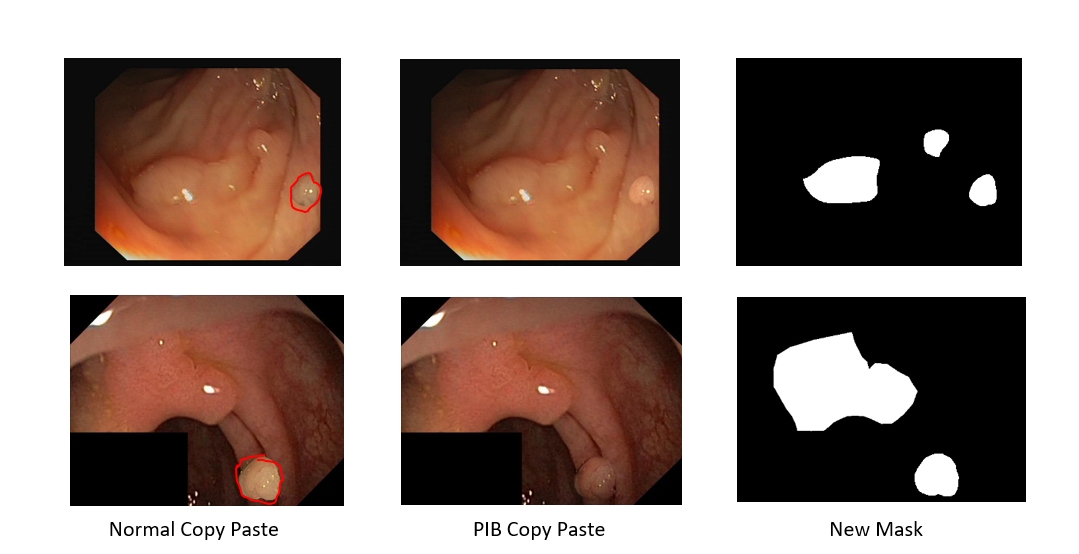ClothingSegmenter
U2NET fashion image/clothing segmenter based on https://github.com/levindabhi/cloth-segmentation
Overview
The ClothingSegmenter executor can be used to perform segmentation on images of fashion products. The executor is based on a U2NET architecture pre-trained on iMaterialistic fashion 2019. The parts of the image that represent clothing or fashion items are recognized, using the U2NET pixel-wise segmentation model and the rest of the image content is filtered out. Images that pass through the executor are resized to a fixed shape of (500, 768) to match the pre-training image size.
References
Usage
via Docker image (recommended)
from jina import Flow
f = Flow().add(uses='jinahub+docker://ClothingSegmenter')
via source code
from jina import Flow
f = Flow().add(uses='jinahub://ClothingSegmenter')
- To override
__init__args & kwargs, use.add(..., uses_with: {'key': 'value'}) - To override class metas, use
.add(..., uses_metas: {'key': 'value})




